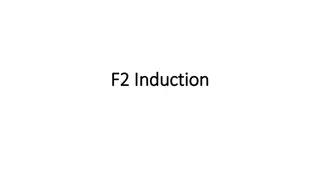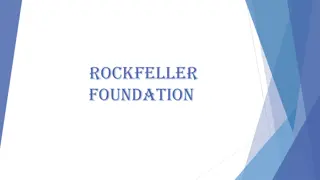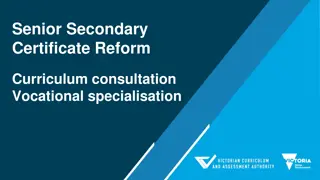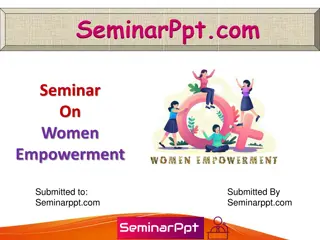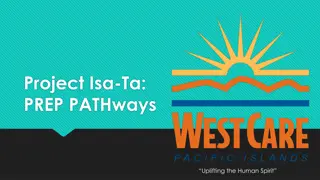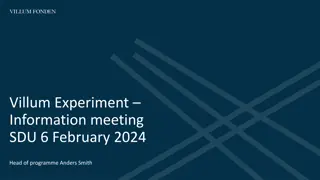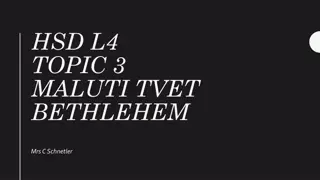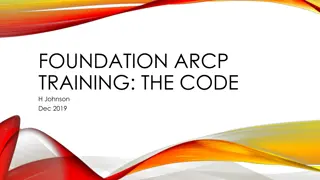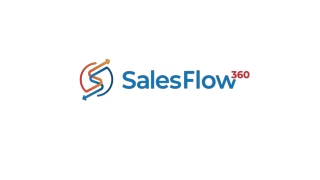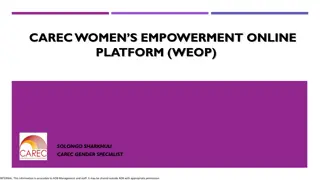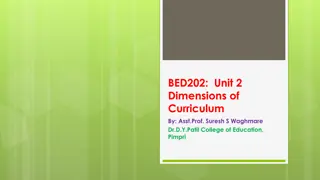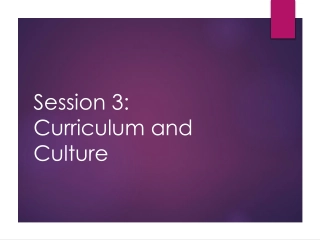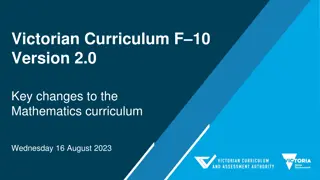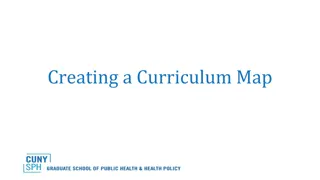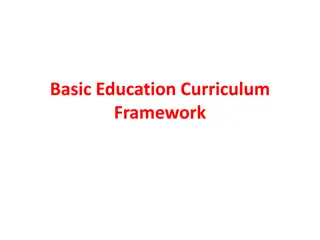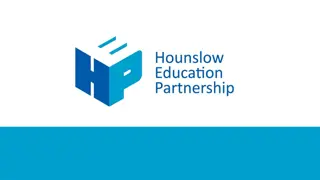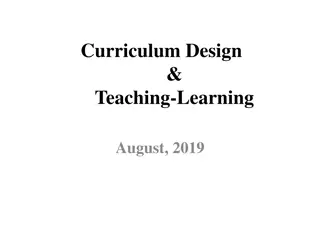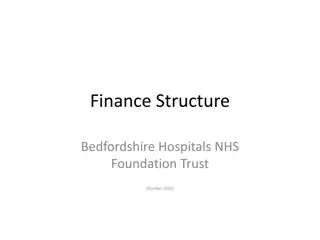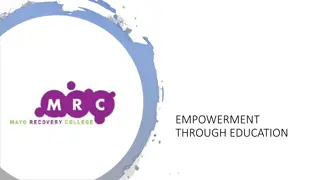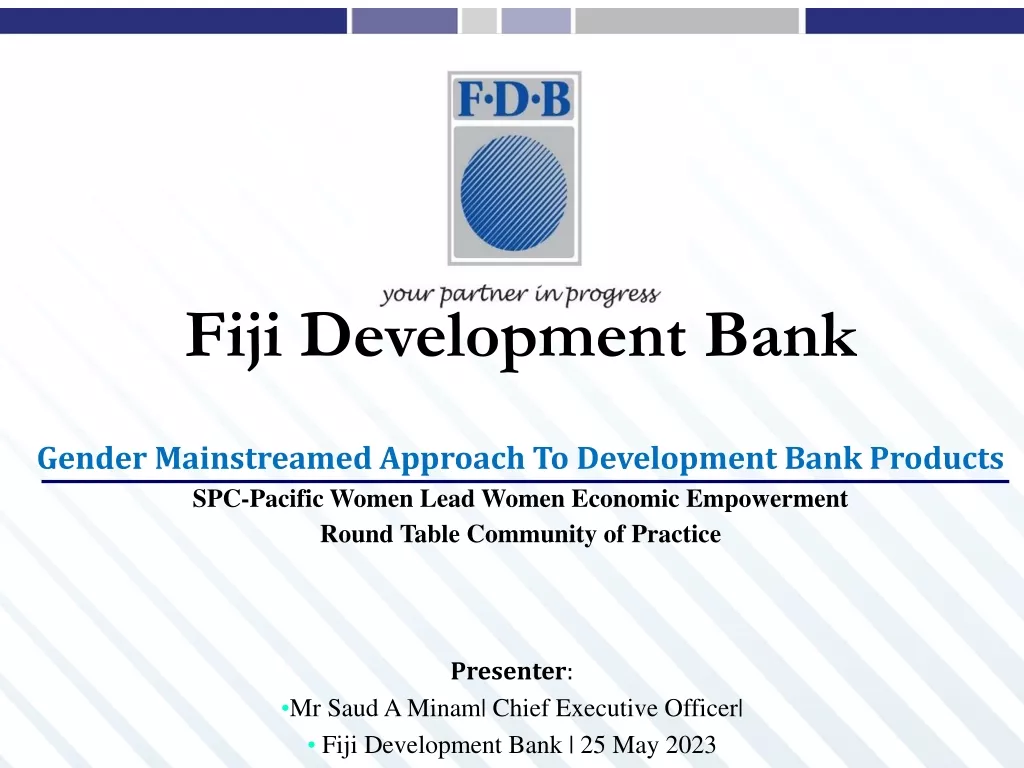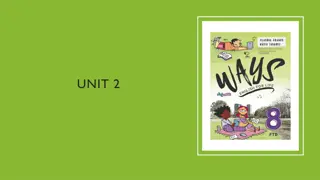Financial Empowerment through the Allstate Foundation Curriculum
Explore the Allstate Foundation's Moving Ahead Curriculum on financial empowerment, focusing on Module 4 that covers building financial foundations, loan options, and organizing financial paperwork. Understand the importance of loans, documentation, and financial records for establishing a strong financial base. Discover different types of loans, including unsecured loans, and learn how to manage debt responsibly to improve your financial well-being.
Download Presentation

Please find below an Image/Link to download the presentation.
The content on the website is provided AS IS for your information and personal use only. It may not be sold, licensed, or shared on other websites without obtaining consent from the author. Download presentation by click this link. If you encounter any issues during the download, it is possible that the publisher has removed the file from their server.
E N D
Presentation Transcript
The Allstate Foundation The Allstate Foundation Moving Ahead Curriculum Moving Ahead Curriculum A FINANCIAL EMPOWERMENT RESOURCE
MODULE 4 Building Financial Foundations Building Financial Foundations Key topics covered in this module include: Financial Paperwork Loan Options Housing Options Home Ownership Mortgage Application Process
Reflection Have you ever applied for a loan? On a scale of 1 10, how comfortable are you with the loan application process? Do you feel knowledgeable about how loans work? Would you feel comfortable negotiating terms of a loan?
MODULE 4 Financial Paperwork Financial Paperwork
Organizing and Keeping Documents Financial Records bank statements; CD records; credit card agreement; money order receipts; loan documents; documentation related to public assistance Legal Documents birth certificate; marriage license; divorce decree; social security card/s; will; immigration paperwork; protection order Property Documents titles or deeds, rental or lease agreement; vehicle registration; insurance policies; photos of valuables Health Records medical, dental, vision records; health, life and disability insurance policies; medical expense receipts; list of doctors; living will Expense Documents household bills; monthly statements; receipts
MODULE 4 Loan Options Loan Options
Loan Options Taking out a loan might actually help you rebuild your financial well- being Taking on debt isn t always a bad thing Can actually help build positive credit However, avoid taking out ANY debt unless you are sure you will be able to repay it on time. Additionally, be aware that any new line of credit can have safety implications as it will show up on your credit report.
Unsecured Loan Obtained without collateral Also called a signature loan Typically has higher interest rates than secured loans Examples: I.O.U. (Signed agreement, typically between friends or family) Credit card Personal loan Student loan
Secured Loan Protect by an asset or collateral Often the item being purchased IS the collateral Due to the collateral, interest rates are typically lower than an unsecured loan Examples: Home Loan or Mortgage Debt Consolidation Loan Auto Loan
Things to Consider When Buying a Car New car loans tend to have lower interest rate, but may be harder to qualify for Other cost considerations: Insurance, fuel, maintenance, tags As a general rule, loans with shorter terms are better because you will pay less in interest over the life of the loan (see next slide) Visit www.edmonds.com to help calculate the car loan amount you can afford Don t be afraid to loan shop for the best rates; don t assume what the dealership offers you is the best deal for you If you have no credit, be cautious of predatory and high-risk lenders
Loan Interest vs. Length of Term Loan Amount Term (Months) Interest Rate Monthly Payment Total Interest $15,000 36 3.24% $437.81 $761 48 3.39% $334.61 $1,061 60 3.49% $272.81 $1,369 72 3.74% $232.90 $1,769 *Typically, the shorter the terms, the lower the interest rate.
MODULE 4 Housing Options Housing Options
Housing Options Transitional House (TH) Program might be an option for someone who is leaving emergency shelter, but not available in all areas Before you rent, determine how much you can afford Ideally, your rent should not exceed 25% - 30% of your income Consider: Size & location Additional fees and costs (utilities, maintenance, insurance, etc.) Pay outstanding utility bills
Housing Options Section 8 Program makes privately-owned, rental-housing, affordable to low-income renters Subsidy is equal to the difference between 30% of household income and the cost of the unit. If you currently rent or lease with your partner, you may ask for a lease bifurcation, which allows for the removal of you or your partner s name from the lease Property Damage due to Domestic Violence Victims Compensation Funds - may be able to apply for assistance; however may require law enforcement cooperation Insurance (homeowners & renters) may require a police report
Tenant Rights Rental Units Must Provide: Weather and waterproof accommodations Plumbing in good working order Including enough hot and cold running water Heating and electrical in good working order Freedom from infestations of insects and rodents Sufficient trash receptors Floors, stairways and railings in good repair Working windows and natural lighting in every room Windows should open at least halfway Fire or emergency exits that lead to street or hallway Working deadbolt lock(s) on main entrance Working smoke detectors
Tenant Responsibilities Pay rent on time Keep the unit clean and sanitary Use gas, electrical and plumbing properly Fix or pay for repairs of items they or their guests damage Use the premises and the rooms for their intended purpose Do not engage in illegal activities on the premises Limit household tenant to the number allowable by law or as agreed to in the lease
Before Signing a Lease Do not put money down unless you re sure you want the unit Calculate ALL anticipated costs of the unit (gas, electricity, parking, etc.) when determining whether you can afford it Review the agreement to make sure the landlord has a responsibility to respond to emergencies, including a point-of-contact and time frame for response Talk with prospective neighbors about the unit, neighborhood and landlord. Visit the property at night and/or during a weekend.
Housing Evictions for Non-Payment Notice from Landlord Required to give written notice before filing a lawsuit Pay the rent or vacate in three days If rent is NOT due, talk to an attorney If payment is made within the timeframe provided, make sure to get a receipt Notice from Court If not paid, petition for eviction and a summons/notice to appear in court Consider asking landlord to agree to a payment plan for back rent If you do not appear for the court date, a judgement of eviction and warrant for possessions of your unit will likely be issued Notice from Sheriff Order to vacate will likely be enforced by law enforcement Non-compliance may result in forcible removal and loss of any possessions left in the property.
Illegal Evictions If landlord does not follow proper legal procedures for eviction; examples: Changes locks while you re away from unit or stops you from getting into your home Makes life so uncomfortable for you that you re forced to leave your home Turning off utilities; also known as a constructive eviction Physically removes you from the property Can have both civil and criminal consequences
MODULE 3 Home Ownership Home Ownership
Before Buying Consider: Do you have steady income and a stable job? Do you plan to stay in the community for at least 3-5 years? Do you have a budget and do you stick to it? Do you have a good credit history and score? Do you have savings for a down payment and closing costs? Most lenders require down payment of 3%-20% Get pre-qualified with a lender this will tell you how much the bank is willing to lend you and allows you to be competitive with other buyers Look into low- and moderate-income mortgage programs; examples: Federal Housing Authority (FHA) Rural Housing Guaranteed/Direct Loan Program
MODULE 4 Mortgage Application Process Mortgage Application Process
Mortgage Loan Overview Loan Type Loan Features Fixed interest rate and monthly payment over the entire term of the loan Higher interest rate and monthly payment than adjustable rate loans Perfect if You: Don t plan to sell or refinance for 10 years or more Prefer the security of having the same monthly payment with no pressure to refinance later Fixed-Rate Loan (e.g., 30,20,15, or 10 years) ARM Loan (e.g., 1,3,5,7, or 10 years) Lower starting interest rate and monthly payment than fixed rate loans May eventually go higher than a fixed-rate loan Want the lowest possible interest rate and monthly payment Are comfortable with changing interest rates and monthly payments Sub-Prime Loans (e.g., 2,3,15 or 30 years) May contain a pre-payment penalty Want a home, but don t qualify for the lowest rate and best terms and can afford paying more for the loan
Before Applying for a Mortgage Employment History Most lenders look for at least two consecutive years of employment within the same industry Credit History Lenders look for a history of on-time payments; you must demonstrate that you can manage credit responsibly Outstanding Liabilities Your total monthly payments for debts should not exceed 42% of your monthly earnings Cash and Asset Reserves Lenders may request information about your available cash (checking & savings)
The Allstate Foundation The Allstate Foundation Moving Ahead Curriculum Moving Ahead Curriculum A FINANCIAL EMPOWERMENT RESOURCE




